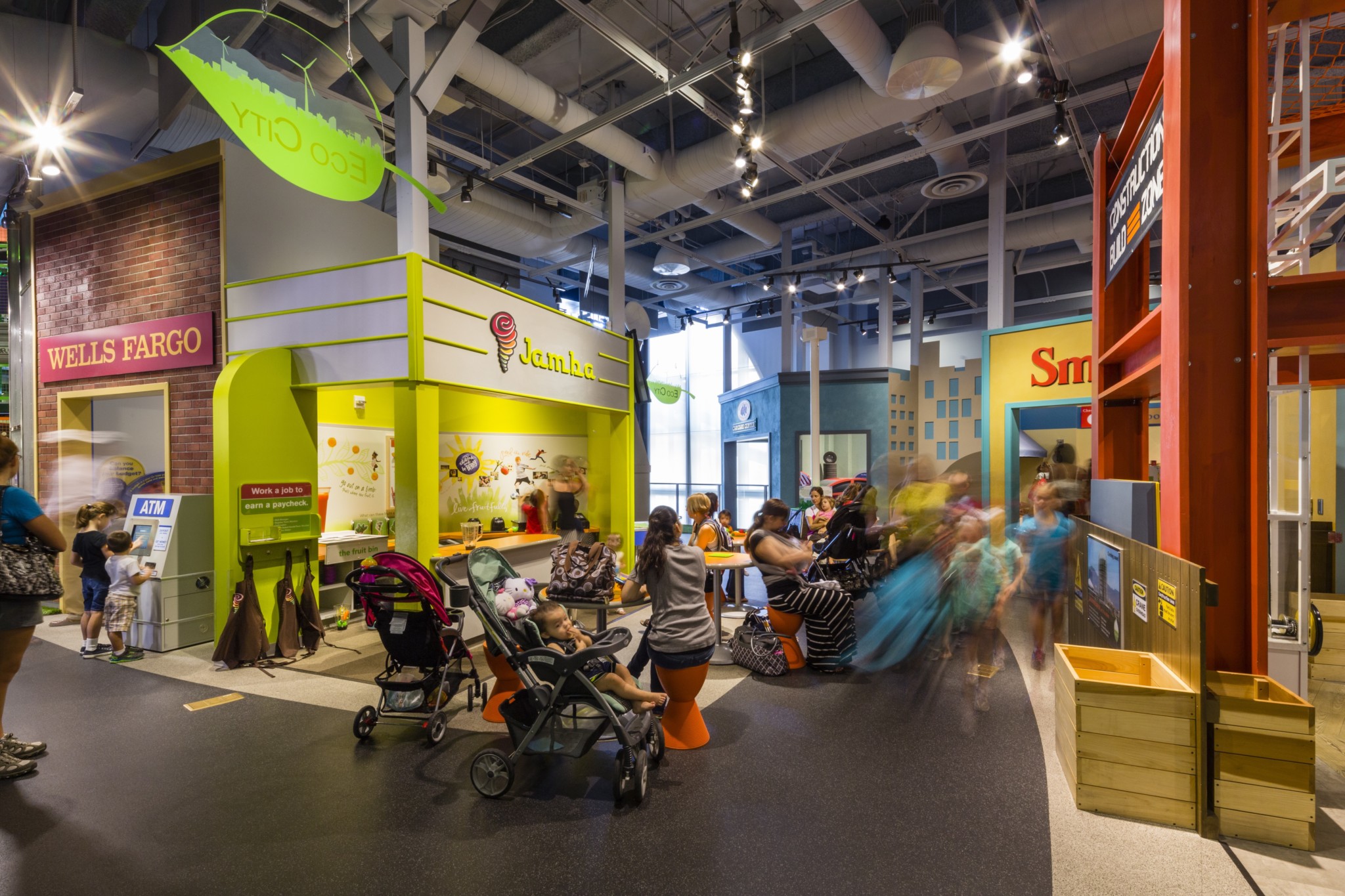It’s not a stretch to state that the current coronavirus crisis caught most everyone by surprise. Within a matter of days and weeks, the world changed right in front of us, leaving us wondering what the next step would be. The crisis hit those businesses that rely on convening people especially hard. Our cultural institutions were devastated almost overnight as they run on slim margins and rely on the time, talent, and the treasure of their patrons.
While cultural and visitor attraction facilities closed in the interest of public health, some had the foresight to remain open to the public virtually. These virtual experiences were well received by the public, especially families and children with an abundance of time on their hands. These institutions are to be applauded for their ingenuity and vision – some providing the only lifeline to education and information for much of the public
While no one knows what social norms will change in the upcoming months, it does seem that the virus has left an indelible mark upon us all. But, being the eternal optimist, I believe that we will once again flock to these institutions for our shot of culture, education, and social stimulation. So, the operative question is, will we be ready and what should we be doing now to ensure the success of our institutions? Following are a few of my thoughts for consideration:
Restore the public’s faith in the health of the institution.
I think its fair to say that it will take the public a little time to feel confident to venture from their homes after the all-clear is given. While this may seem like low-hanging fruit, the institutions that can provide the public the faith that their institution is ready for the new normal, will be the ones that are visited first. It cannot be stressed enough that new cleaning and maintenance procedures will be critical. Disinfect the entire facility and make sure your ductwork and HVAC system has been thoroughly cleaned. Your institution needs to sparkle!
Institutions may need to develop new protocols regarding numbers of people admitted and non-intrusive temperature checks. Care must be placed in limiting numbers in elevators and rerouting exhibits so that people are not left congregating. Staff will require new training to ensure the health needs of the public are met. And you will need to prove it to your patrons.
Perhaps gloves and face masks can be themed for the institution and disposed of after each use. Consider if you are a history museum that the masks can be themed to various periods of time, if you are an art museum, classic art can be a great theme, and if you are geared to children, perhaps your theme ties into story time and learning and even maker-space programs that ensure the public health.
Build an insatiable appetite for your organization.
If you are not creating a demand for your services now, it will be difficult to do so once you are competing with other options after facilities are open again. Start with a virtual presence curated specifically for different audiences. Offer virtual tours and create specialized tours that engage different cultures, genders, and ages. Think of all of the stages of a visitor’s journey and how it can be enhanced virtually. Look for opportunities to tease the attractions and experiences that will be found once people visit.
Create new and dynamic experiences not available online.
The key for successful visitation is to create a new and dynamic experience that is so much better than the online one—people will flock to see it. Now is a good time to rethink the total customer experience. What is the arrival sequence? How are people prepared emotionally for the experience? How are people received into the facility and how are they oriented for the best experience? How can we change the ways that information is delivered? Can we make it more hands on, even while limiting touching and how best can we create a transformational experience that creates a memory for the future? These are just a few questions we should be asking ourselves.
Attractions that combine both virtual and real experiences will create fantastic, recallable memories. And let’s not forget, memories are the currency of the organization as they lead to return visits, donations, and volunteers.
Develop partnerships and share resources.
One thing about this worldwide slowdown is that we are all in it together. We need each other. The partnerships that we can develop with our colleagues will carry us a long way as we move to resumed business. Consider shared ticketing arrangements, promotional kiosks, and cross advertising. We can help each other through web promotion as well.
Although I wrote this article with cultural institutions in mind, most of the content can be applied to all businesses.
The world will return to some sense of normalcy over the next few months, albeit there will be some changes. Take the steps to position your organization now and be ready to re-open.
I’d like to hear your ideas. Contact me at cgalati@lgainc.com.
 Craig S. Galati is a Principal and Shareholder of LGA. His strength lies in helping his team create memorable experiences through design. Through his passion for workshop facilitation and public outreach, Craig has provided invaluable clarity and direction to multiple public and private organizations. Craig is an accomplished speaker and has worked with many organizations on leadership and strategy.
Craig S. Galati is a Principal and Shareholder of LGA. His strength lies in helping his team create memorable experiences through design. Through his passion for workshop facilitation and public outreach, Craig has provided invaluable clarity and direction to multiple public and private organizations. Craig is an accomplished speaker and has worked with many organizations on leadership and strategy.
